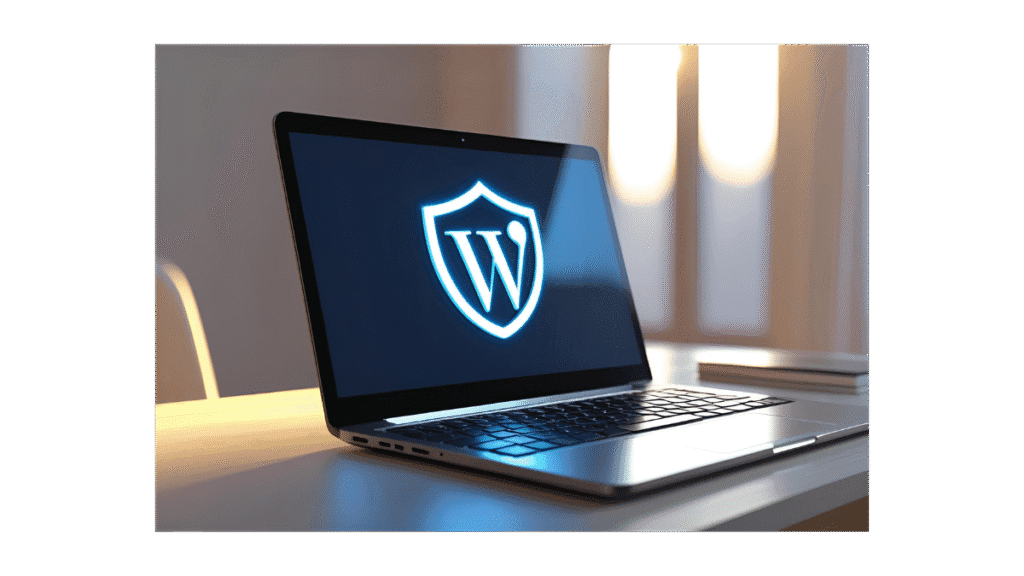How to Secure Your WordPress Website: A Freelancer’s Guide
WordPress powers over 40% of the web — which also makes it a common target for hackers and bots. As a freelancer or small business, securing your site is non-negotiable. Fortunately, locking down WordPress doesn’t require complex tools — just smart practices and the right plugins.
1. Use Strong Passwords & 2FA
Set long, unique passwords for all admin accounts and enable two-factor authentication (2FA) using plugins like Wordfence or Solid Security.
2. Limit Login Attempts
Prevent brute-force attacks by limiting the number of login attempts. Most security plugins allow this by default.
3. Rename the Login URL
Hackers know /wp-admin is the default login. Change your login URL to something unique using plugins like WPS Hide Login.
4. Keep Plugins and Themes Updated
Outdated themes and plugins are the #1 entry point for malware. Always keep everything updated — or delete what you don’t use.
5. Use a Security Plugin
Install a reputable plugin like Wordfence or Solid Security (formerly iThemes Security). These handle:
- Firewall protection
- Login lockdown
- Malware scanning
- File change monitoring
6. Install SSL & Force HTTPS
Make sure your site uses HTTPS — it’s not just for eCommerce. You can get a free SSL from most hosting providers and enforce it via your security plugin or .htaccess.
7. Set Up Daily or Weekly Backups
Use UpdraftPlus or similar to schedule automated backups. Store them offsite (Dropbox, Google Drive, etc.) so you can restore if needed.
8. Clean Up Unused Plugins & Themes
Inactive plugins can still be exploited. Keep your install lean — delete what you don’t need.
9. Monitor Your Site
Enable email alerts in your security plugin. If a file changes or a login fails repeatedly, you’ll know instantly.
Need a Site Security Audit?
If your site isn’t secured yet — or you’re unsure — we can help. Let’s lock down your WordPress website and keep your business safe.
